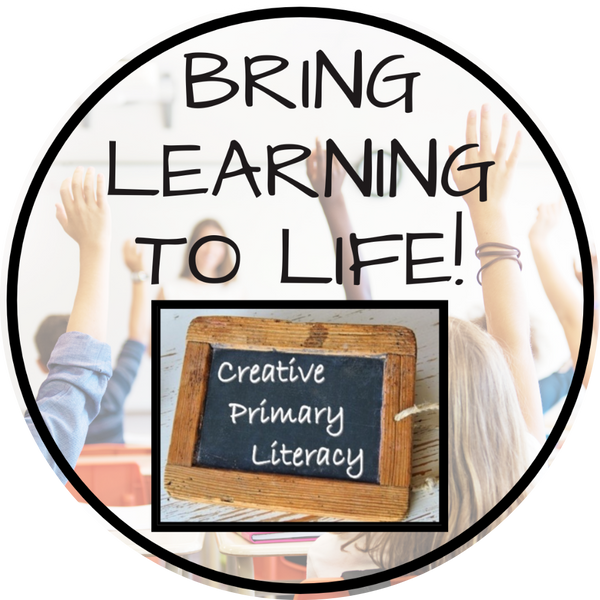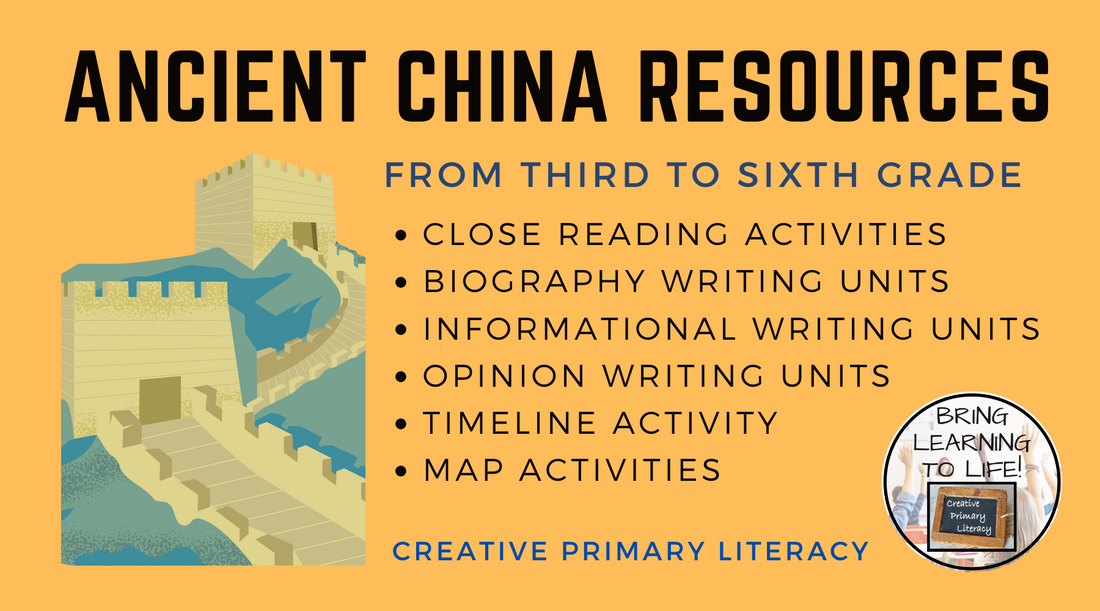Ancient China is an exciting part of any social studies curriculum with some major developments, notable heroes and notorious villains.
I like to start any ancient history topic by creating a timeline of the key events and notable figures from the era. This timeline resource enables students to research the dates of key events before sorting them. My students always love these lessons, and over time have inter-connected timelines of other civilizations from ancient history. This helps them to visualise the overlapping empires from other parts of the world.
Once my students understand the order of key events and have taken note of some of the major figures, I delve deeper into some interesting areas. With Ancient China I begin by looking at two key figures: Confucius and Qin Shi Huang. Splitting my class into two allows me to focus on both figures at the same time and opens up interesting areas for debate later. I start with two close reading activities about the famous figures; here I usually flip the classroom and set these as homework.
Afterwards I move on to the biography writing units. These work great as a paired activity initially, before students individually write up their own biography report.
Afterwards we look at three major developments and historical sites of Ancient China: the Great Wall, the Silk Road and the Terracotta Army. Using the resources available in the close reading activities, I use the informational texts and crossword puzzles and allow my students to work together in table groups to complete all three puzzles. It is astonishing how much they actually learn from this activity, as the students need to delve into the texts to find the answers. All of these and the above close readings are available in the Ancient China Close Reading Books.
Time for another writing activity – an opinion text about which development was the most crucial for Ancient China. By this time the children are generally very knowledgable about the key developments but I use the opinion writing unit as a guide, especially for some of the lower and middle ability students. After the students have researched the developments for a short time, I use the first lesson as a debate, with the class being split into three, each third arguing the side of one of the developments. From the second lesson, I again use the unit as it has some great templates along with the informational texts that allow students to work independently.
Right, time for a little assessment. For this I use the close reading activity that gives an overview of Ancient China. As with the others, the activity comes with a host of extension activities including a wordsearch and crossword puzzle, but I generally stick to the comprehension and writing task – leaving the other activities for any fast finishing students.
To finish the unit, I allow my students to work with partners and complete their final writing assignment. This time I use the Ancient China Informational Writing Unit. In this unit, the students have to sort facts before writing these up into paragraphs, and then completing a final copy on the template provided in the unit.
At the end of the unit my students have completed six close reading activities, three writing units and a timeline research activity. All the activities above are available individually or are part of the Ancient China Mega Bundle of Activities below.
For over 2000 more resources check out Creative Primary Literacy on TPT.





















